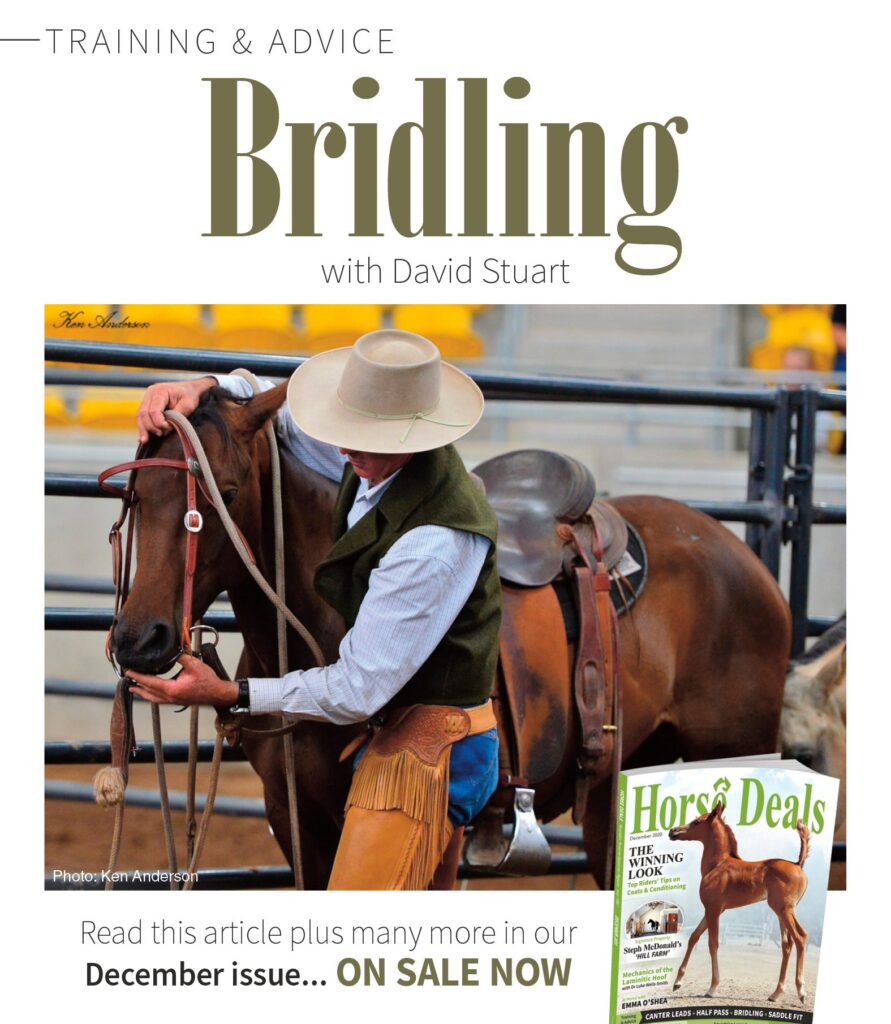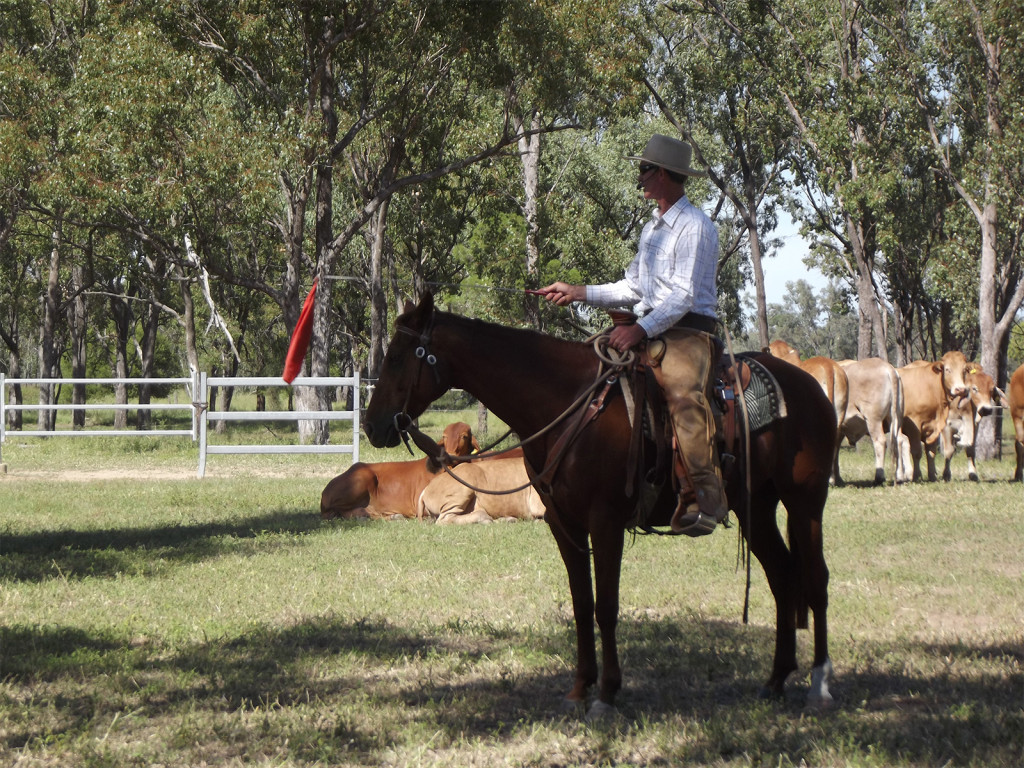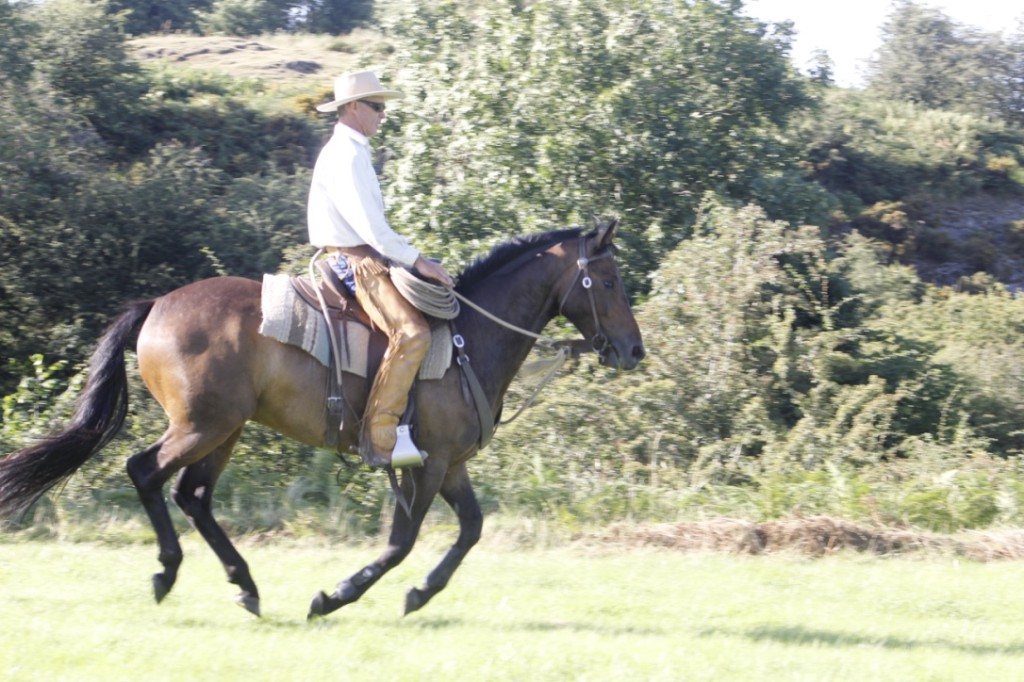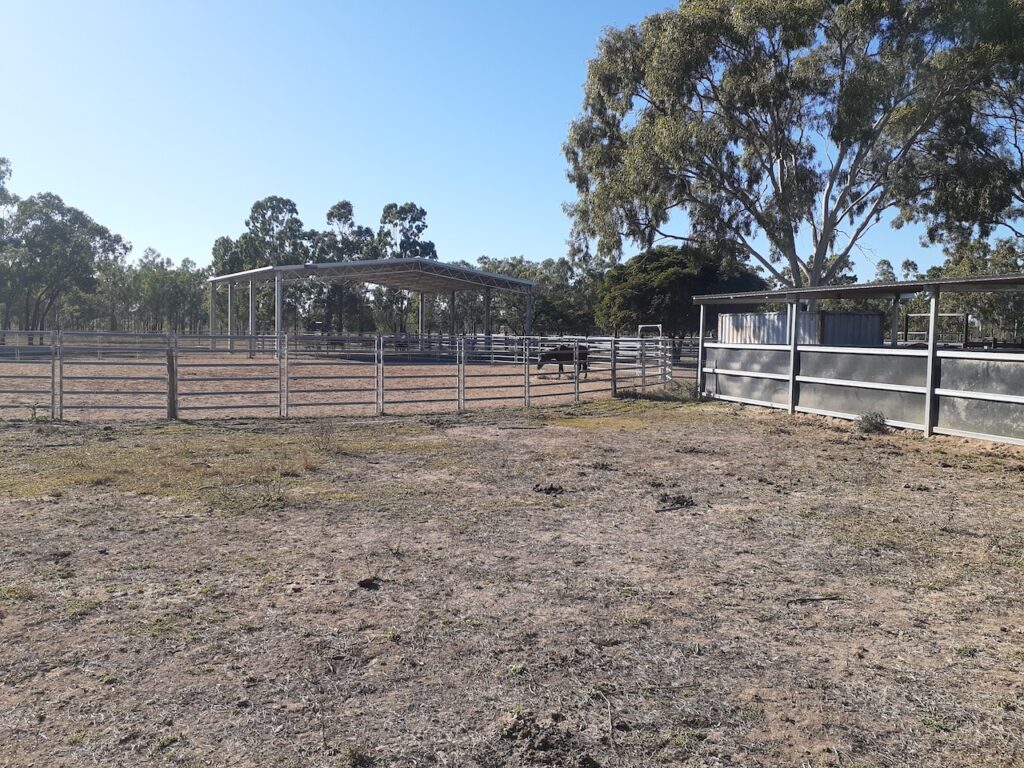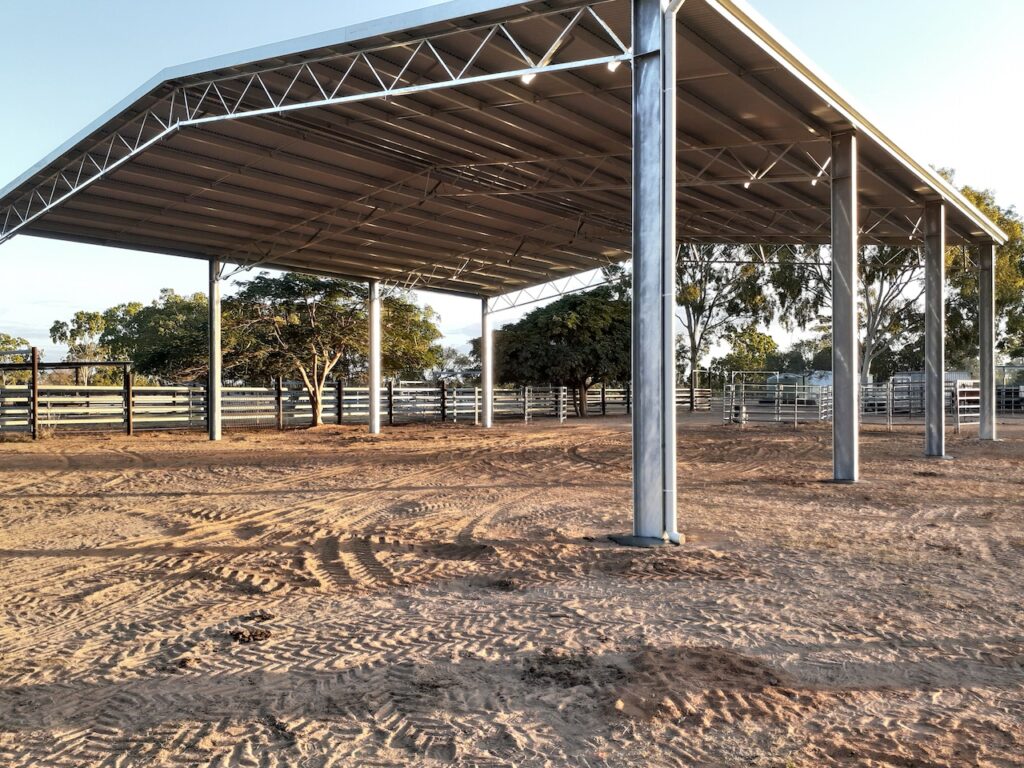![]() Happy New Year to everyone and to think that it is now February and it is nearly a year since I was on a plane. While being in Australia appears to have been a great country to be locked down in, we all trust that we are closer to the end of this pandemic. Until then stay safe and healthy.
Happy New Year to everyone and to think that it is now February and it is nearly a year since I was on a plane. While being in Australia appears to have been a great country to be locked down in, we all trust that we are closer to the end of this pandemic. Until then stay safe and healthy.
While travel has been limited, we do have some courses coming up, a 3 day course at Anstead Acres in Brisbane at the beginning of March and a then a weeks course in Western Australia in April. There is also a Horsemanship / Cow Working home course in May. More information can be found at www.davidstuart.com.au
At home we have had a lot of horses in for starting and are thankful that they keep coming. As mentioned in earlier blogs we have done a lot of upgrading of facilities over the last 18 months. They certainly make a difference for everyone.
The links below are some of the articles that I have written for Horse Deals Australia over the years
Below is also a Horsemanship Article. Happy Reading.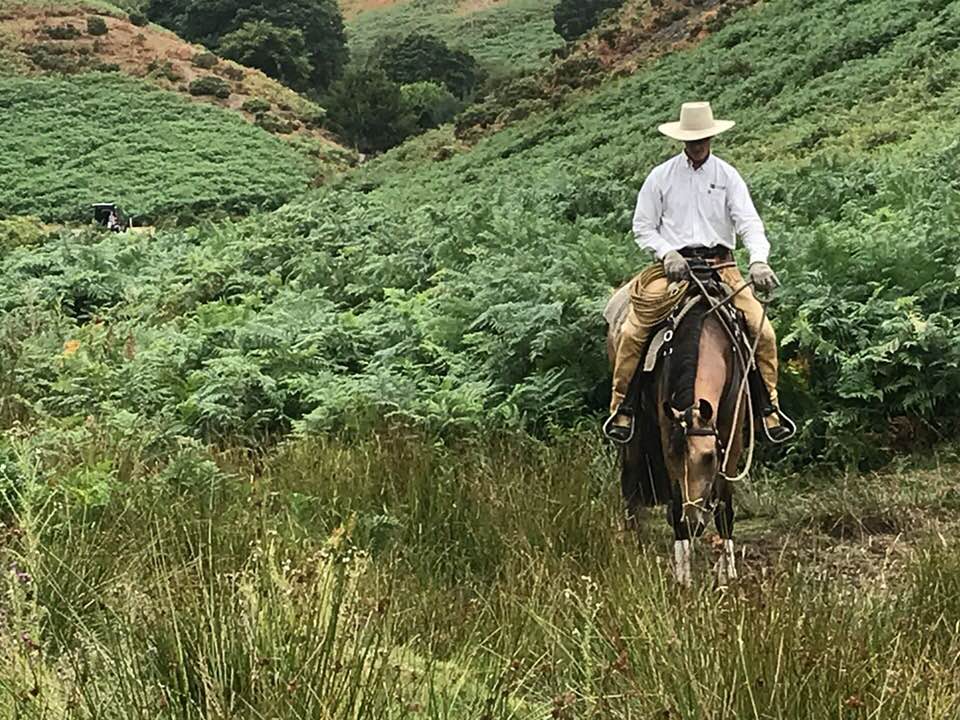
To go slow too go fast, it is hard to get your head around those words. When it comes to developing your horse they are quite profound. At the first Ray Hunt course that I attended in April 1989. In the horsemanship course, he would ask you to walk your horse as slow as you could and then to walk them out. Pick up a soft feel, back them 6 strides, to count cadence with your horses feet or to back an 1/8 of a circle. The fastest the whole class got, was a trot. I don’t think I had ever tried to ride a horse with such accuracy and discipline before. All I had done before was try to go fast, I did not know there was so much to riding a horse. I did not know there was so much to the walk , as I heard it said some time ago; The walk is the Mother of all Gaits.
Going slow too go fast, riding with accuracy and discipline did help my horses and horsemanship. It helped my horses to understand more, it prepared my horses, it gave me time to understand and improve my feel and timing, my horses stayed sound longer, they are more mentally and emotionally stable. I could get along with more horses. Then when I did speed things up, my horses were there for me and not running out or running off. One of Ray’s quotes was; It is the preparation to the position for the transition. As my friend Mike says if you want to find the holes in your “programme” add speed. Every now and then Ray would say, now see how fast you can bring the forequarters through, but don’t loose the softness.
By slowing down and developing my horses over time they developed better impulsion, balance and engagement you can feel the power coming through them and the lightness to signal from your seat and leg aids.
In a book that was gifted to me a long time ago, the author wrote that as these principles had been true for them. They were happy to see these same principles coming true for myself. I would also like to offer those words of encouragement to many others
While many may look for a technique as a means of accomplishment, our attitude towards our horse and behind what we do has such an impact.
Everyone has to adjust to fit their own situation and to the horse that they are riding. Enjoy your horses.


